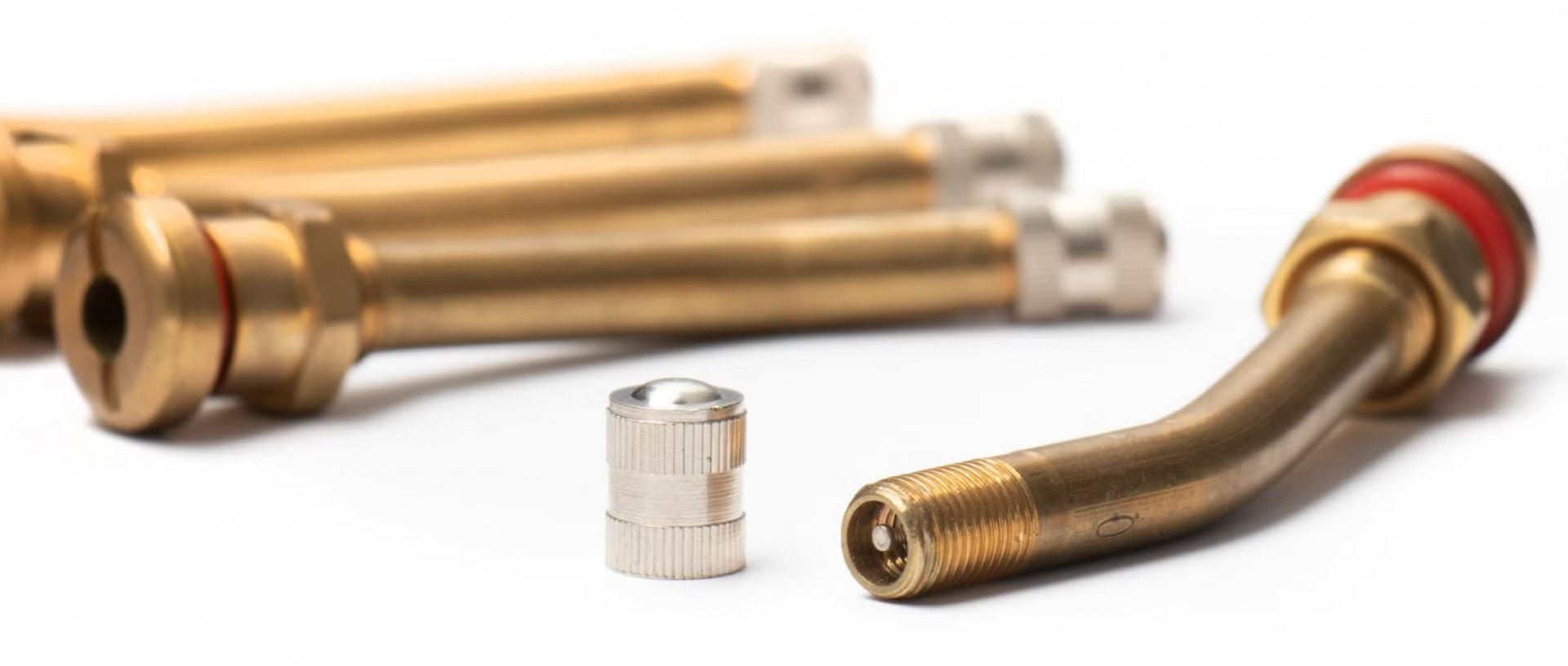Revolutionize Your Truck’s Performance with the Ultimate Valve Stem: The Key to Reliable Tire Maintenance
In the world of commercial transportation, the reliability and performance of your truck can make or break your business. One often overlooked component that plays a crucial role in maintaining the health of your vehicle is the valve stem. Today, we delve into the world of truck valve stems, exploring their importance, how they work, and tips for maintenance and repair. Whether you're a seasoned fleet manager or a DIY enthusiast, this guide will provide you with the knowledge you need to keep your trucks running smoothly.
Understanding the Valve Stem: A Critical Component of Your Truck's Tires
A valve stem is a small but vital part of any tire. It serves as the gateway through which air enters and exits the tire, ensuring that it remains properly inflated. For trucks, which often carry heavy loads over long distances, the quality and condition of the valve stem are even more critical. A faulty valve stem can lead to underinflation, which not only affects fuel efficiency but also poses safety risks.
Product Parameters:
Material: High-quality rubber or metal (aluminum, brass, or stainless steel)
Diameter: Typically 8mm or 9.5mm
Length: Varies depending on the application, usually between 30mm and 50mm
Thread Size: Commonly 4.5x0.75 or 6x0.75
Weight: Lightweight to ensure minimal impact on vehicle performance
Temperature Range: Resistant to extreme temperatures, from -40°C to 120°C
Pressure Rating: Capable of handling high pressures up to 100 psi

The Importance of Material Choice
The material used in a valve stem can significantly impact its durability and performance. Here’s a breakdown of the most common materials:
Rubber Valve Stems:
Pros: Flexible, easy to install, and cost-effective.
Cons: Can degrade over time due to exposure to UV light, ozone, and heat.
Metal Valve Stems (Aluminum, Brass, Stainless Steel):
Pros: Durable, resistant to corrosion, and suitable for high-pressure applications.
Cons: Heavier than rubber, which can slightly affect vehicle balance, and more expensive.

Key Features and Benefits
Durability: High-quality materials ensure that the valve stem can withstand the rigors of daily use, including exposure to road debris, chemicals, and varying weather conditions.
Leak-Proof Design: Advanced sealing mechanisms prevent air leaks, ensuring consistent tire pressure and optimal vehicle performance.
Easy Installation: Designed for quick and easy installation, reducing downtime and maintenance costs.
Compatibility: Universal fit for most truck tires, making it a versatile solution for fleet managers and individual owners alike.
Safety: Properly functioning valve stems contribute to safer driving by maintaining correct tire pressure, which improves handling and reduces the risk of blowouts.

Maintenance and Care Tips
Regular maintenance of your truck’s valve stems is essential to ensure they continue to perform at their best. Here are some tips to keep your valve stems in top condition:
Regular Inspection:
Check the valve stems for signs of wear, such as cracks, corrosion, or leaks, during routine tire inspections.
Use a soapy water solution to detect air leaks; bubbles will form at the point of leakage.
Cleaning:
Clean the valve stems with a mild detergent and water to remove dirt and grime.
Dry thoroughly to prevent moisture from causing corrosion.
Lubrication:
Apply a small amount of silicone-based lubricant to the threads to prevent seizing and ensure smooth operation.
Avoid using oil-based lubricants, as they can degrade the rubber components.
Replacement:
Replace valve stems every time you replace the tires or at least every 5 years, whichever comes first.
If you notice any damage or leaks, replace the valve stem immediately to avoid further issues.

Common Issues and Troubleshooting
Even with regular maintenance, issues can arise. Here are some common problems and how to address them:
Air Leaks:
Cause: Worn or damaged valve stem, loose cap, or contaminated valve core.
Solution: Inspect the valve stem for damage, tighten the cap, or replace the valve core if necessary.
Corrosion:
Cause: Exposure to salt, chemicals, or moisture.
Solution: Clean the valve stem and apply a protective coating. Consider replacing metal valve stems with corrosion-resistant materials.
Difficulty in Removing:
Cause: Seized threads or rust.
Solution: Apply penetrating oil and gently tap the valve stem with a hammer to loosen it. If it still won’t budge, consider professional assistance.
Advanced Maintenance and Repair Techniques
For those who want to take their maintenance to the next level, here are some advanced techniques:
Professional Cleaning:
Use an ultrasonic cleaner to remove stubborn dirt and grime from the valve stems.
This method is particularly effective for metal valve stems that have accumulated significant corrosion.
Coating and Protection:
Apply a specialized coating to the valve stem to enhance its resistance to environmental factors.
Choose coatings that are designed for automotive use and are compatible with the valve stem material.
Regular Pressure Checks:
Invest in a high-quality tire pressure gauge and check the pressure of each tire regularly.
Adjust the pressure as needed to maintain optimal performance and safety.
Conclusion: The Unsung Hero of Your Truck’s Tires
While the valve stem may seem like a minor component, its impact on your truck’s performance and safety cannot be overstated. By choosing high-quality valve stems and following proper maintenance procedures, you can ensure that your vehicle remains reliable and efficient. Whether you’re managing a large fleet or maintaining your own truck, the valve stem is a critical piece of the puzzle that deserves your attention.
This article should provide a comprehensive overview of truck valve stems, covering everything from product parameters and material choices to maintenance and troubleshooting. Feel free to adjust the content to better fit your specific needs or audience. If you need any further assistance or have additional topics you’d like to cover, let me know!




